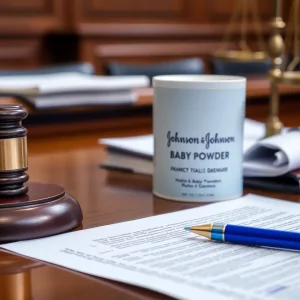Charleston Unveils Brand Based on Historic City Seal
The city of Charleston has recently revealed a new brand based on the historic city seal. Depending on how closely local citizens have been following the city’s newsletters, especially during recent stormy weather, they may have noticed a change in the city’s branding. The city council members reportedly discovered the change at the same time as the general public.
Since the start of August, online press communications have sported a fresh brand mark, featuring similar iconography to the city’s historic seal. Notable elements of the mark include the Charleston harbor skyline and a laurel-crowned woman; the latter was included in the official seal back in 1907. Adding a touch of Latin, phrases like “Aedes mores juraque curat”, denoting “she guards her buildings, customs, and rights,” and “Civitatis regimine donata A. D. 1783”, translating to “given to the rule of the citizens in 1783,” hold their places in the new brand.
Deviation from the Original Seal
However, various elements of the original 1790 design, such as the distinctive steeples of St. Philip’s Church and St. Michael’s Church, are missing in the modernized design. Certain local designers expressed their dissatisfaction over the conceived iteration of the steeples in the new illustrations, resulting in their withdrawal from examining the brand mark further.
The Seal Stays Unchanged
The city’s new Director of Communications, Deja Knight McMillan, affirmed that the official city seal is not being replaced and will continue to be used for all official documents. She explained that the new iconography is only a placeholder and part of a larger plan to rebrand the city — a plan intended to gradually modernize Charleston’s branding without a sudden full transformation.
Criticism and Goals for the New Brand
Despite the city assurances, certain local artists and branding agencies felt overlooked during this change. Critics voiced concerns about the absence of steeples and pointed out the value of involving the local community in the decision-making process. Karl Brady, Charleston City Council member, expressed his unawareness of the new brand until its public release and wished for a more collaborative approach with opportunities for council input.
McMillan recognized this desire and mentioned future plans to include community involvement in branding efforts. She emphasized that the new brand mark remains a part of the content creation contract, which encompasses photography art, videography, and digital design, produced by local talent.
Future Rebranding in Sight
The administration’s goal is to modernize and streamline city operations, a mission that is reflected in their decision to clean up the city seal’s layout for the new mark. McMillan stated that a full rebranding is not imminent, and when it does take place, the city leaders will aim to include local community input in the design process.
The ideals of this new branding bask in communicating directly with an increased number of people and ensuring that representations cover the diversity of cultures and people in the city. With the city’s diverse tapestry forming its foundation, Charleston is committed to capturing and representing the unique elements of its identity in its branding.



























